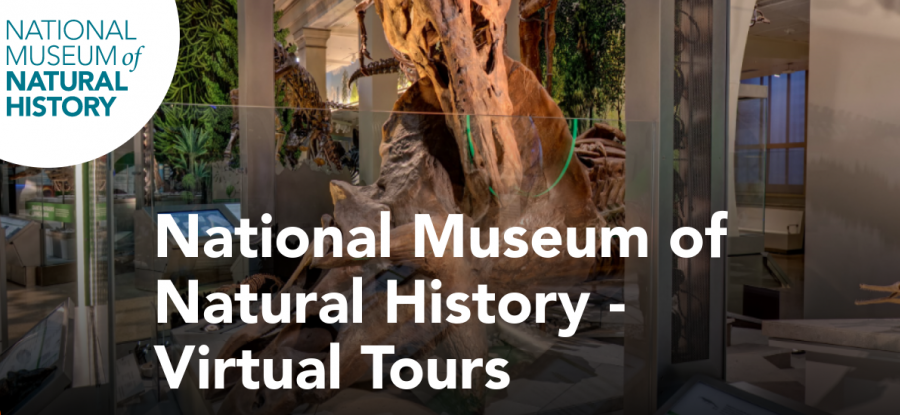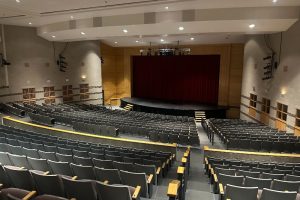History from home
This is the website for the Virtual Tour, scrolling down will lead you links to guide you to different areas of the museum.
April 24, 2020
With everyone at home in quarantine, people are looking for outlets to escape the confines of their houses. The internet has helped many fill that void for many people, but there’s only so much you can do before scrolling through Twitter and Instagram becomes mindless and boring. Something that might be of interest would be a tour of the National Smithsonian.
Some might find the Smithsonian a breath of fresh air. It allows you to virtually get out of the house and stimulate the brain. This is one of the ways to keep busy and be active while in quarantine. The Smithsonian is the world’s largest museum, with over 19 buildings and a National Zoo. It’s been an epicenter for education and research since 1846.
One of the redeeming qualities of the tour was the artifacts, fossils, and visual parts of the tour. These parts of the tour played off exceedingly well on the computer. These were clear to see from an online perspective while other parts of the tour were lost.
There was a great Dinosaur Fossil exhibit. This was one of the highlights of the trip. Its amazing size and shape were not tainted by the digital experience. Its purpose was to inform on a visual medium, which it succeeded in showing.
As far as I saw, all of these exhibits were VR ready. I didn’t have any way to experience this, but for those with VR rigs, this could be a very different experience.
Despite being put on the internet, the virtual tour does not lend itself to the digital format. Each exhibit is shown by photos of each room. There are panoramic photos from exhibits that are current and have been located in the Smithsonian. It is extremely difficult to navigate around the rooms. It’s great for looking at the room, but not for looking at the exhibit.
Trying to actually read anything from the exhibit is a nightmare. Between sightline issues and the text being far away, it is a hassle to bother reading the information, which is extremely disappointing. If you do take the time to zoom in, the writing will become blurry. In this sense, the tour is not very user-friendly.
I found myself wishing that the text was written out on a slide and optimized for people visiting virtually. This would allow for much more information to be available for online users. In the current state, some information is inaccessible or unreadable which is disappointing given that some schools are using it for online classes. One major improvement would have found if different areas in the museum had links that lead to the reading.
I visited eight or nine different exhibits and was only able to read a handful of blurbs. There were an exorbitant about of paragraphs that I was unable to read. They were either blurry, too small, or the camera angle screwed the writing to an unreadable curve.
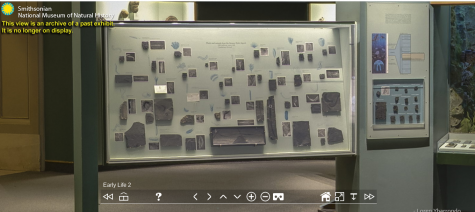
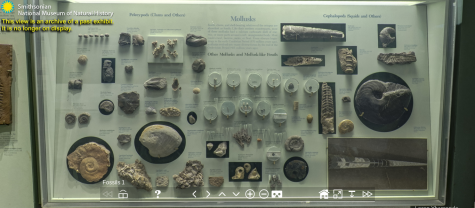
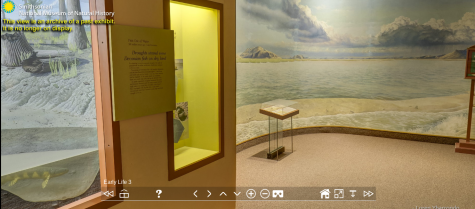
This may be one way to escape your house overbreak. While some of the writing may be lost there is nothing stopping you, or your kids from doing a little research on what you found. Granted, the tour has many flaws, but it is still worth checking out for what it does offer.

